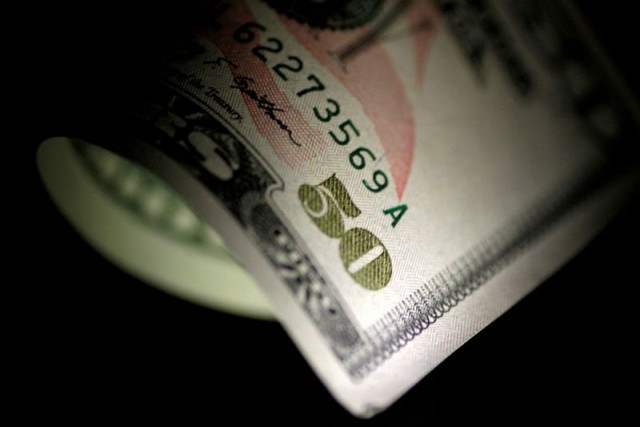
Foreign direct investment (FDI) hit a two-and-a-half-year high at $487 million in December 2019. This comes to over one-third of the total FDI inflow of $1.34 billion in the first six months (Jul-Dec) of the current fiscal year 2019-20, the State Bank of Pakistan (SBP) reported on Thursday.
“FDI has remained consecutively (on a month-on-month basis) high. This shows the return of foreign investors’ confidence in the domestic economy,” Arif Habib Limited Head of Research Samiullah Tariq told The Express Tribune.
A noteworthy development is that it was not only China, which has made a multi-year high investment of $328.3 million during the month, but many other countries have also poured in comparatively and historically higher investment. These include Hong Kong, Hungary, Japan, South Korea, Malta, the Netherlands and United Kingdom.
The revival in long-term investment is seen after short-term foreign portfolio investors poured a significant $1.67 billion into debt instruments like T-bills and Pakistan Investment Bonds (PIBs) in the first seven months (Jul-Jan) of the current fiscal year 2019-20. Besides, the short-term investors have slowed down sale of shares at the Pakistan Stock Exchange (PSX) following aggressive selling of stocks in the past four years.
FDI increased over 52% to $487 million in December compared to $319.5 million in the same month of last year, the SBP said.
Cumulatively, in first six months of the current fiscal year, the foreign investment soared 68% to $1.34 billion compared to $796.8 million in the same period of last fiscal year, it added.
The improving FDI numbers on a month-on-month basis have suggested “it (FDI) would maintain upward movement in the months to come,” Tariq said.
The long-term foreign investors have gradually gained confidence in the domestic economy “partly due to clarity about the currency,” he said.
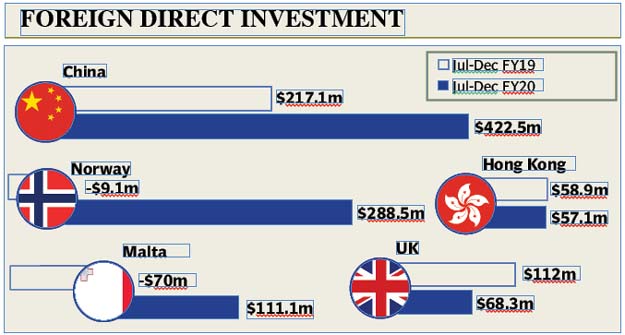
The rupee-dollar exchange rate has remained stable-to-positive since July 2019 compared to high volatility and over 52% depreciation of the rupee against the US dollar in the prior 18-month period.
“The improvement in currency encouraged foreign firms to make pending investment. For example, the mobile phone service providing companies have paid licence renewable fee (with a lag) as they expected no major currency (rupee) depreciation in the near future,” the analyst added.
Pakistan’s foreign currency reserves have surged 58% since June 2019 to over a 21-month high at $11.58 billion on January 10, 2020. The reserves have maintained the uptrend despite the country successfully paid off over $4 billion debt, including interest payment, since July 2019, he said. “This means foreign inflows have remained significantly high in the country (since July) and helped in gaining foreign investors’ confidence in the domestic economy,” he said.
As soon as more clarity on the government’s economic policies would come, the environment for foreign investment would improve further. For example, the clarity in telecom policy attracted the license renewable fees from telecom operators. “Similarly, the clarity on new petroleum policy is gradually emanating. This should see improved foreign investment in petroleum industry going forward,” he said.
Country-wise FDI
China has once again emerged as the single largest investor in Pakistan in December, as it poured $328.3 million in December. This was followed by Hong Kong with $32.7 million, Japan $29.1 million, Malta $18.5 million, South Korea $15 million, the Netherlands $14 million and United Kingdom invested $10.2 million in the month.
Cumulatively in the first half (Jul-Dec) of the current fiscal year, China invested a net $422.5 million compared to $217.1 million in the same period of last year. Norway invested $288.5 million compared to a divestment worth $9.1 million. Malta invested $111.1 million compared to an outflow of $70 million in the same six-month of last year.
Published in The Express Tribune, January 17th, 2020.
Like Business on Facebook, follow @TribuneBiz on Twitter to stay informed and join in the conversation.



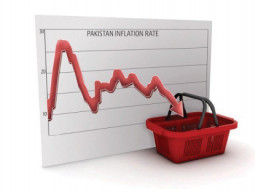
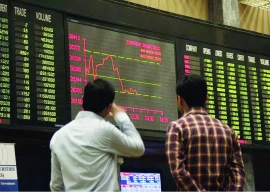
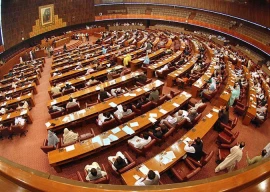











COMMENTS
Comments are moderated and generally will be posted if they are on-topic and not abusive.
For more information, please see our Comments FAQ